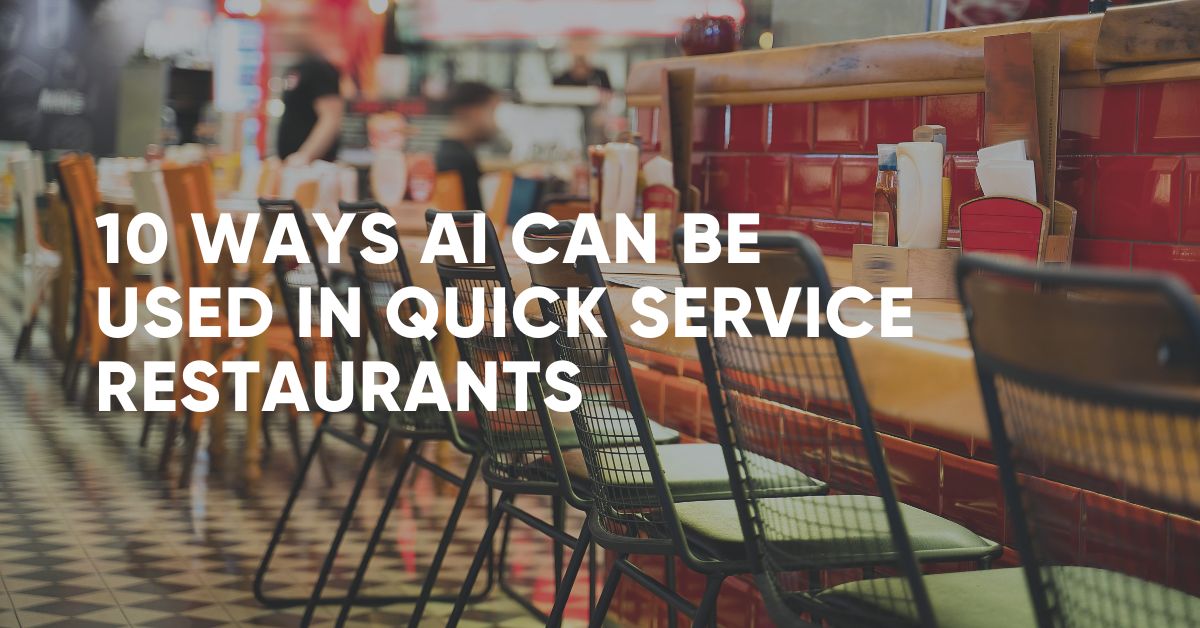Quick Service Restaurants (QSRs) have always been a bustling industry with a constant need to innovate and improve. With the rise of artificial intelligence (AI), QSRs can now leverage the power of data-driven decision-making to optimize operations, enhance customer experience, and increase profitability.
A survey conducted by Oracle Hospitality found that 79% of fast food operators believe that artificial intelligence can improve guest experiences and increase sales.
From streamlining order management to predicting inventory needs, AI can offer numerous benefits to the restaurant industry.
Here are 10 ways AI can be used in restaurants to boost efficiency, improve customer satisfaction, and ultimately drive growth.
1 – Personalized recommendations: Using computer vision to analyze customer behavior and preferences to make personalized menu recommendations.
2 – Social media monitoring: Using computer vision to monitor social media for mentions of the restaurant, analyzing sentiment, and identifying opportunities for engagement.
3 – Food safety compliance monitoring: Using computer vision to monitor food safety compliance and prevent health code violations.
4 – Taste prediction: Using computer vision and machine learning to predict how customers will respond to new menu items.
5 – Kitchen efficiency optimization: Using computer vision to optimize kitchen layout and workflow to increase efficiency and reduce wait times.
6 – Virtual menu board: Using computer vision to display virtual menu boards that change dynamically based on time of day, customer demographics, and weather conditions.
7 – Waitlist management: Using computer vision to manage waitlists and provide accurate wait time estimates to customers.
8 – Social distancing compliance: Using computer vision to monitor compliance with social distancing guidelines and prevent crowding.
9 – Virtual kitchen design: Using computer vision to design virtual kitchens and optimize workflow before construction.
10 – Reservation management: Using computer vision to manage reservations and optimize table assignments based on customer preferences and group size.

